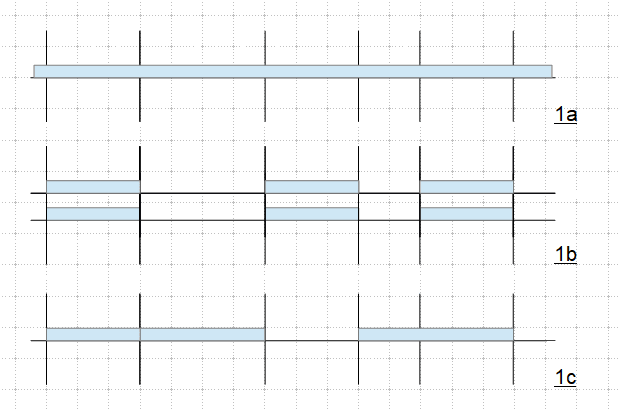Struct-007
Structural
Clause 5.3.2 of ACI 318-14 states that: "the effect of one or more loads not acting simultaneously must be investigated".
What does that mean? Does this mean we need to investigate Dead Load Alone, Live Load Alone, EQ Load Alone and Wind Load Alone? I thought we need to use the Load Combinations in Section 5.3.1 of ACI 318-14.
Please help me understand the meaning of this Clause.
Thanks.
What does that mean? Does this mean we need to investigate Dead Load Alone, Live Load Alone, EQ Load Alone and Wind Load Alone? I thought we need to use the Load Combinations in Section 5.3.1 of ACI 318-14.
Please help me understand the meaning of this Clause.
Thanks.

